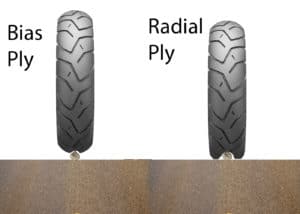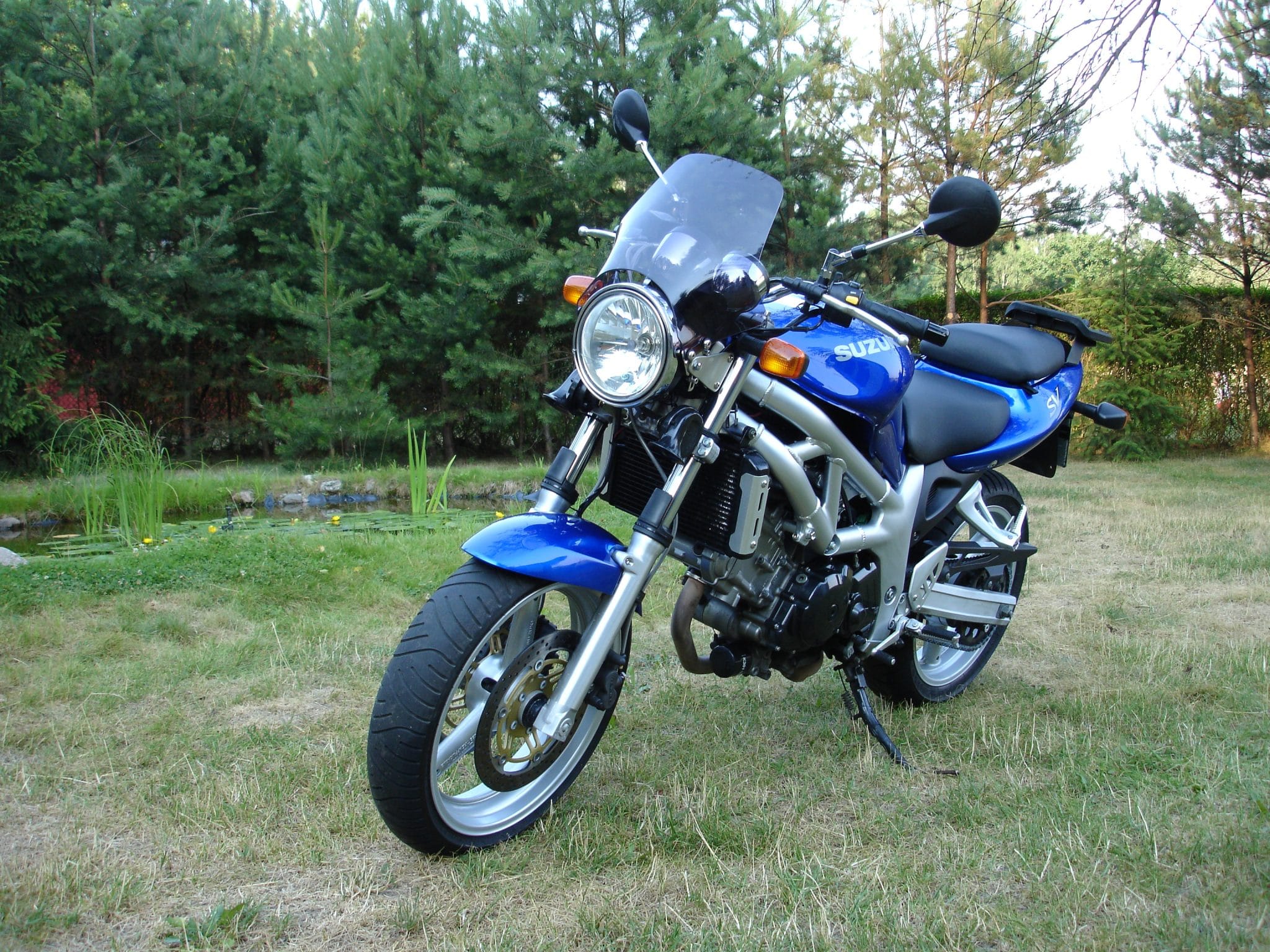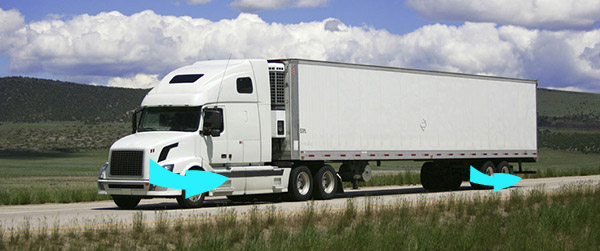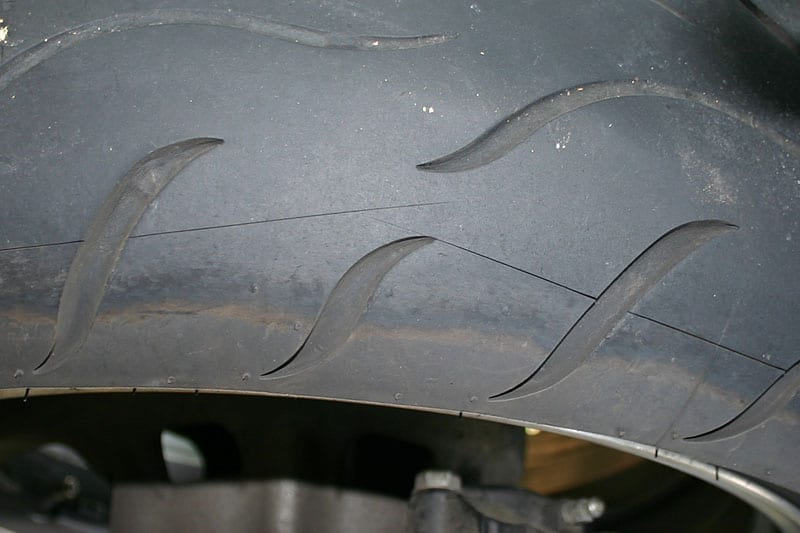Radial vs Bias Ply tires…Not something many people on two wheels talk much about. You would be hard pressed to find any bias ply tires being sold for your car, if you managed to find some that fit and brought them into a tire shop and asked them to be mounted – you would probably be laughed out of the place. The reason being, bias ply tires are largely out-dated technology. They do not come standard, and would not be recommended to mount on most passenger vehicles. They do still retain limited applications where tire strength and load capacity is paramount to handling and safety, but overwhelmingly, most tire applications are much better served with radial tires.
Switching to Radial tires has by far had the most dramatic effect on the handling and ride characteristics of my motorcycles.
I have retrofitted them to my BMW K75, and also put them on my Moto Guzzi V7ii. The differences are so profound I would no longer consider buying a motorcycle unless it is currently fitted with, or I can retrofit it with Radials.
Why are radials so much better?
The advantage of radials comes down to the fact that the construction of a radial makes it such that it maintains a larger contact patch with the road surface. This improves grip and road feel. Additionally, they do not get as hot as bias ply, so they do not wear as fast.
Improvements I noted from switching to radials are:
- Better handling, more confidence in turns
- Improved grip: both on good surfaces and on non optimal surfaces like wet, sand, dirt, and gravel
- Improved tire longevity: On average I would say my radials tend to last about 25%-40% longer than Bias ply tires. This is mostly attributed to radials being superior at dissipating heat, when a tire heats up more, it wears more.
- Better general ride comfort, able to ride longer comfortably: Little bumps and imperfections in the road surface that you feel with bias ply tires, you just don’t feel with radials…they are no longer bumps, the tire forms around them like an amoeba as opposed to riding over top of them. I have found this has allowed me to maintain comfort riding for a longer period of time. The most I have ridden in a single day was around 850 miles. I did that on radials, would have been a lot less tolerable on a set of bias ply.
- Less susceptibility to wind blast: This is one I never really thought about before making the observation on the motorcycles I retrofitted with Radials, and it took me some time to notice, but the larger contact patch you maintain with the road just makes it such that wind blast is less likely to push you sideways on the highway.
- Less susceptibility to road seams: Radials tend to follow / get stuck in road seems way less than bias ply.

Some people may think these advantages are overblown and I am exaggerating. My retort would be: having owned the exact same bikes before and after retrofitting, and having gone through a number of different bias and radial tire models on the same bikes, I am in a unique position to evaluate the affects radials have. It is going to be difficult to attribute large improvements to the radial tires if you compare radials on a BMW F800ST to the bias plys on a Triumph Bonneville T100. You need to ride the same bike with and without radials, over long period of time, preferably with multiple makes and models of both types of tire. That’s the experience I have and from where I draw my conclusions.
How do I know if my current motorcycle, or one I am looking at has radials?
This is an easy one. The standard tire sizing number should include whether it bias or radial by having either a “B” or “R” included in the size. A bias tire would be 180/65B16 or sometimes the letter is omitted like just 180/65-16. While a radial tire would be 180/65R16.
Some last remarks
10 years ago, only the more expensive and engineered sport bikes came with them stock. The extent to which they were offered by tire manufacturers was few and far in between. Slowly but surely though, motorcycle manufacturers have been making radial tires standard on an increasing amount of models.
One last thing I would like to say… In the deeper parts of internet forums about this topic, you may see some people say older motorcycles are “not engineered” for radial tires, i.e. they were designed and engineered to run bias ply. From my experience these claims are complete malarkey. Both from my own experience and from discussions with engineers in the space. While it is true that the bikes were engineered while it was assumed bias ply tires would be used, there we no specific engineering decisions that were made for that reason, or likely would have been no engineering changes should a radial tire have been used.




